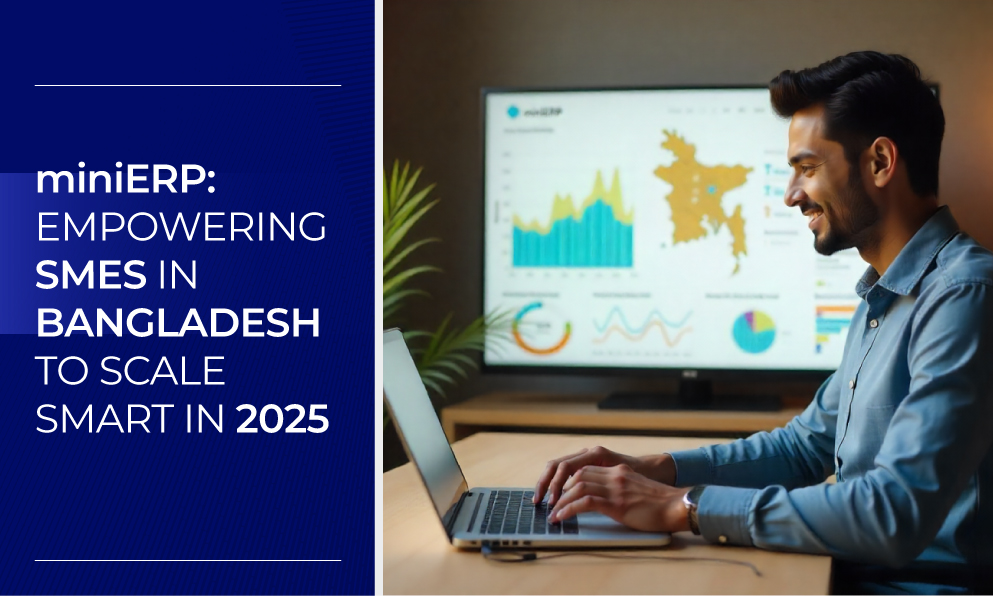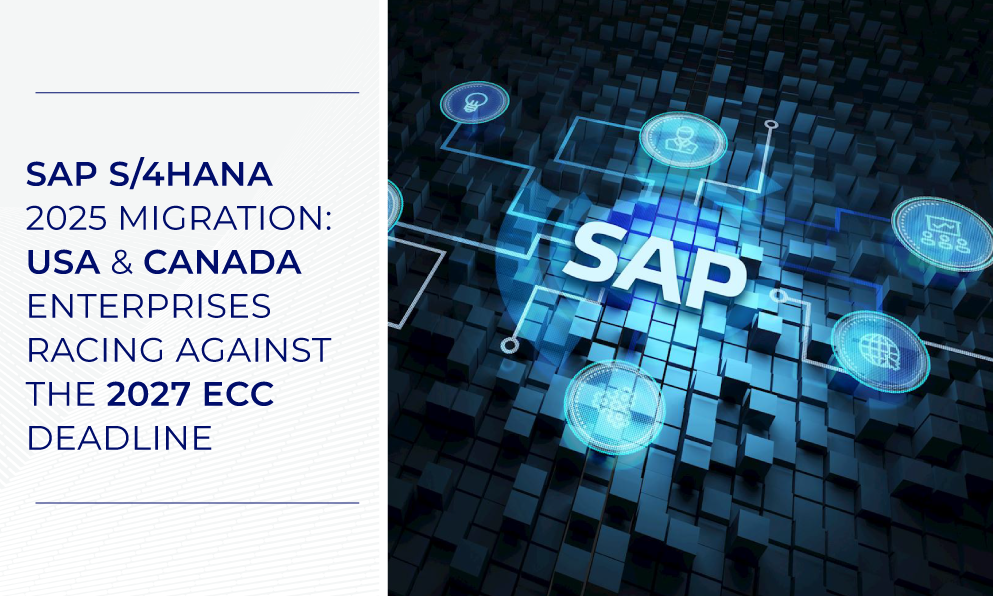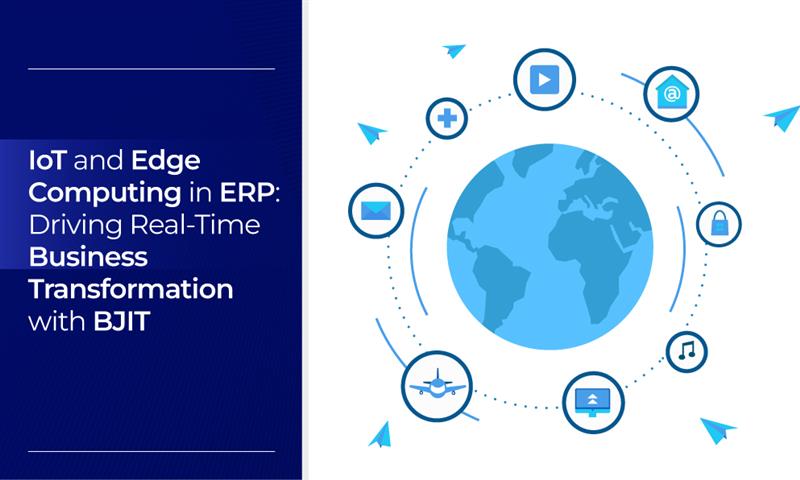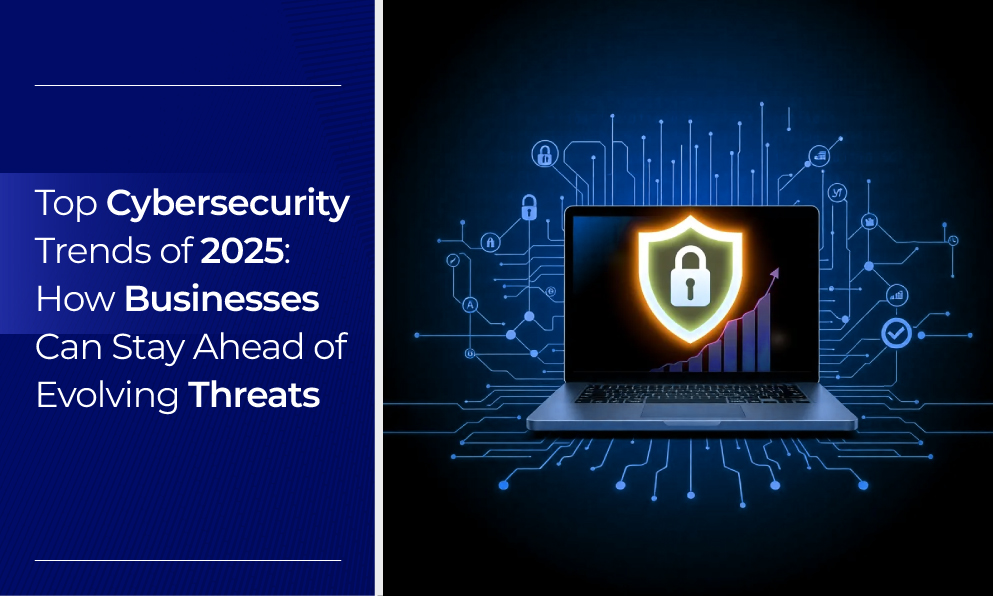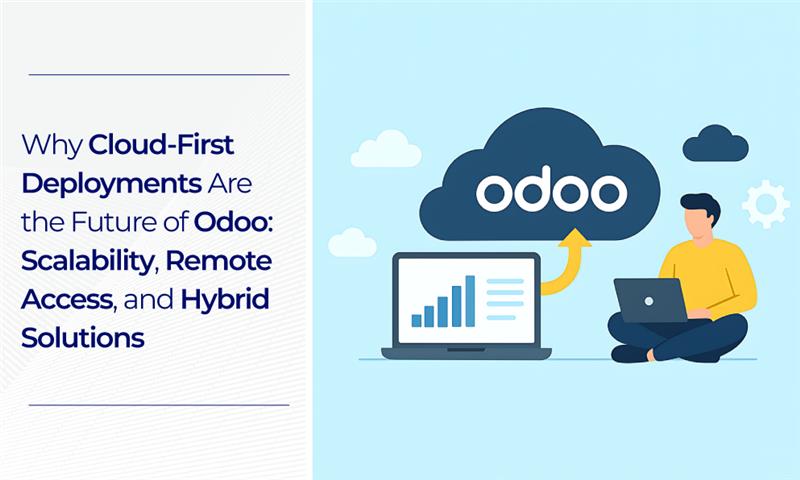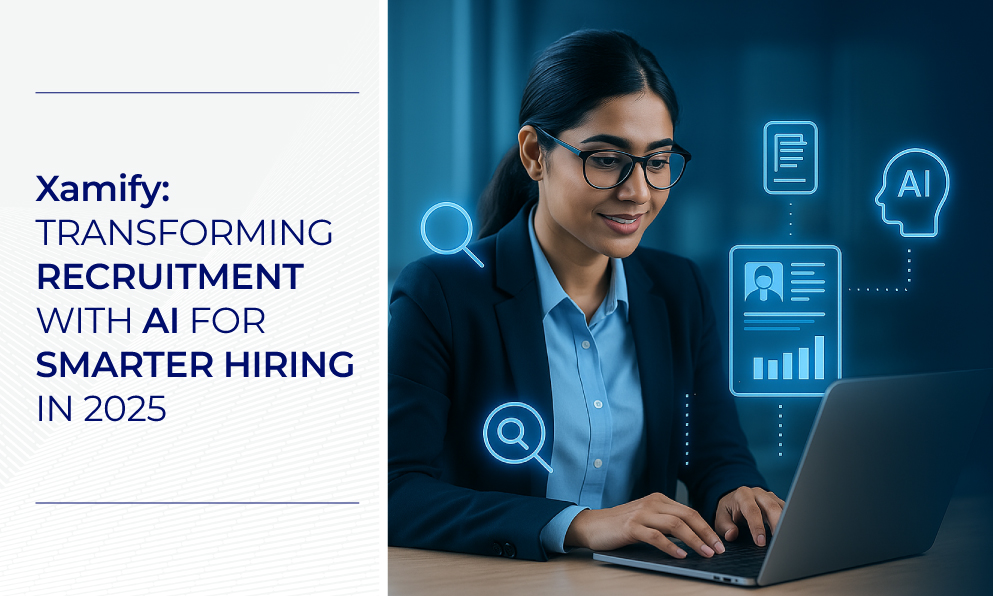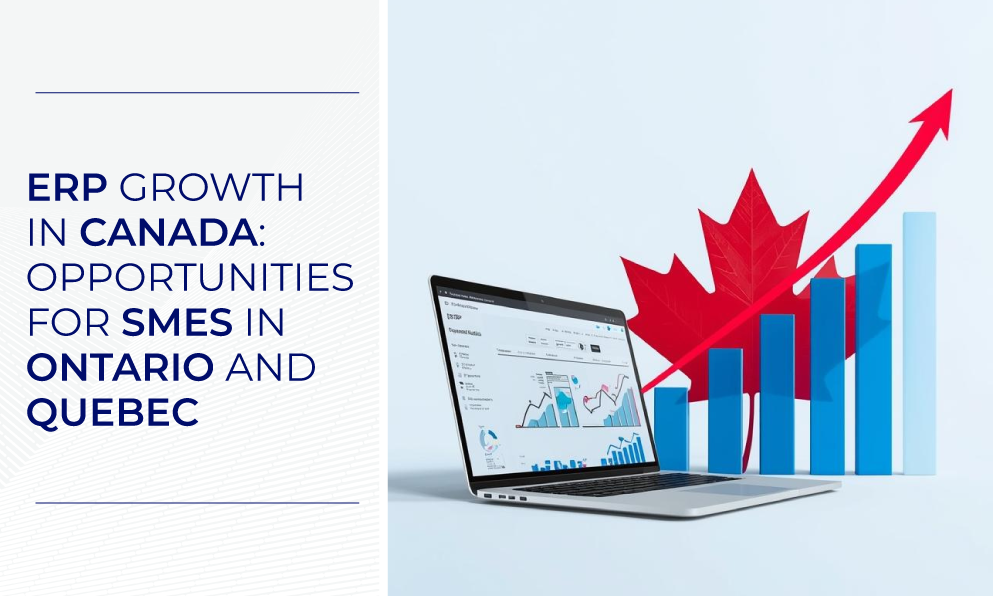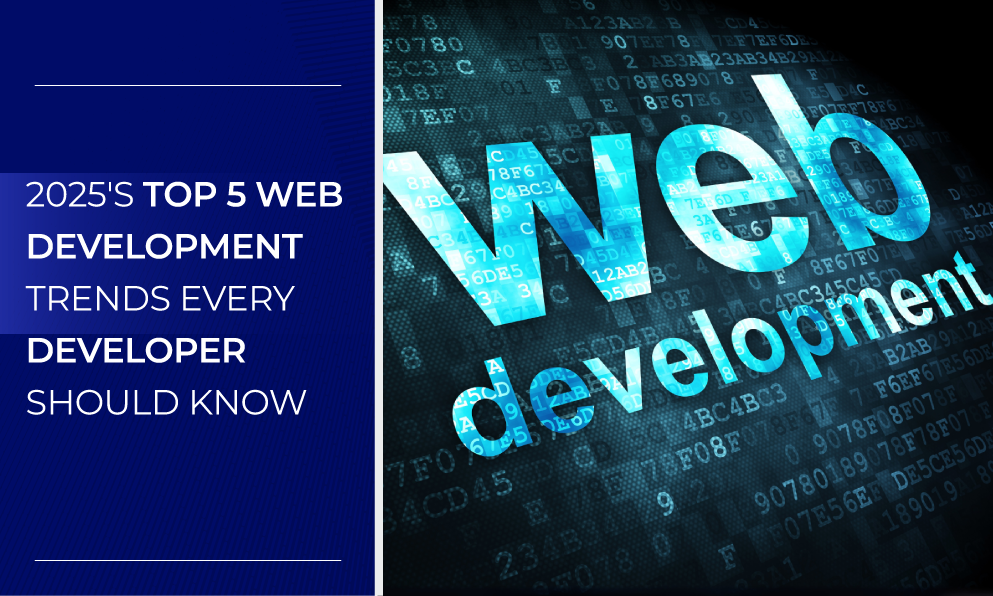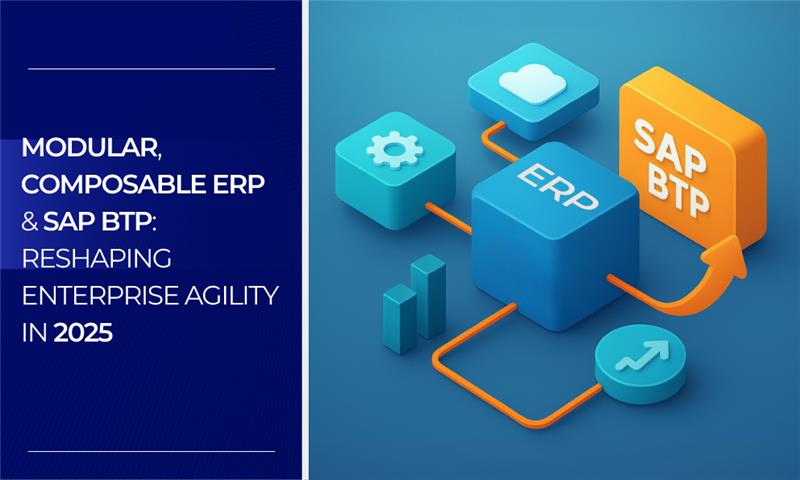The digital world is changing faster than ever, and 2025 marks a thrilling period for web development. We are witnessing a shift towards quicker, smarter, and more immersive online experiences, driven by everything from AI to edge computing. To stay at the forefront, every developer should aim to understand and master these top five web development trends shaping 2025.
1. AI-Powered Development & Smart Assistants
AI isn’t just a trendy term anymore; it’s now a key part of web development. Tools like GitHub Copilot and ChatGPT work like smart coding buddies, helping you write boilerplate code, suggest layouts, and even catch bugs. Beyond development, AI enhances user experiences through personalized content recommendations, intelligent chatbots, and voice search optimization. AI-driven personalization is becoming the norm, optimizing UX based on real-time behavior. Teams report significantly faster development cycles using AI pair programming (Strapi, 2025). There are a few very imperative elements of web development. Here are the implementation tips very relevant for 2025. Ready to bring your website idea to life? Let’s plan it smart and build it fast; book a meeting today with BJIT!
Implementation Tips:
- Explore AI-powered code assistants like GitHub Copilot, CodeWhisperer, or Codeium to accelerate coding and reduce boilerplate.
- Utilize AI for content generation and optimization, such as:
- Auto-generating alt-text for images
- Creating SEO-friendly titles and meta descriptions
- Writing personalized UI text and error messages
- Integrate AI-driven chatbots like ChatGPT, Dialogflow, or Rasa for real-time customer support and onboarding.
- Learn basic machine learning concepts to build intelligent, data-driven features like recommendations and smart search (Avantia Inc., 2025).
2. WebAssembly (Wasm)
WebAssembly (Wasm) is gaining significant traction, enabling high-performance applications to run directly in web browsers. By compiling code written in languages like C++, Rust, and Go into a compact binary format, Wasm supports compute-heavy tasks such as gaming, video editing, and simulations directly within the browser. This allows near-native performance, opening possibilities for applications previously limited by JavaScript’s constraints. Companies like Figma and Autodesk already use Wasm for real-time collaboration and 3D modeling in-browser (Dev.to, 2025). Planning to build your customized website?. Get expert guidance for your next website project; book your free consultation now!
Implementation Tips:
- Compile performance-heavy logic to Wasm modules using Rust or Emscripten.
- Integrate with frameworks like Blazor for .NET or Yew for Rust (Strapi, 2025).
3. Edge Computing and Serverless Architecture
Serverless computing allows developers to build and run applications without managing servers or infrastructure. Cloud providers like AWS Lambda, Google Cloud Functions, and Azure Functions handle provisioning, scaling, and maintenance, letting developers focus purely on writing code. This architecture delivers major benefits: scalability, cost efficiency, and rapid deployment. When combined with edge computing—which executes code on servers closer to end users—the result is reduced latency and improved performance. Together, these technologies are reshaping how modern web applications are architected (Odyssey Inc., 2025).
Implementation Tips:
- For serverless functions, use platforms like Vercel, Netlify, or AWS Lambda.
- For edge computing, consider Cloudflare Workers or Fastly Compute@Edge (Avantia Inc., 2025).
4. Progressive Web Apps (PWAs)
Progressive Web Apps (PWAs) are rapidly evolving, offering deeper integration with operating systems and delivering a seamless, app-like experience directly through the browser. In 2025, PWAs support advanced native features such as offline sync, push notifications, biometric authentication, and home screen installation. They eliminate the need for app store downloads while providing fast loading and reliable performance, even in low-connectivity environments. Research shows PWAs boost engagement and retention compared to traditional web apps (Trango Tech, 2025).
Implementation Tips:
- Build a robust service worker to enable offline functionality and handle push notifications.
- Create a well-structured web app manifest to define app behavior (name, icon, theme, display mode, etc.).
- Ensure full responsiveness across devices.
- Always serve your PWA over HTTPS to ensure security and enable service workers.
5. Enhanced Cybersecurity with DevSecOps
With cyber threats growing more sophisticated and global data privacy regulations like GDPR becoming stricter, security can no longer be an afterthought. DevSecOps integrates cybersecurity directly into the development pipeline, making it a foundational part of the software lifecycle. This approach emphasizes secure coding practices, encryption, and robust authentication from the outset. AI-powered threat detection, automated compliance checks, and secure code repositories are now becoming standard practice (Cheenepalli et al., 2025). By embedding privacy and security into every stage of development, organizations can protect user data, prevent costly breaches, and ensure compliance.
Implementation Tips:
- Run code scans with Snyk, SonarQube, or Checkmarx.
- Implement role-based access control (RBAC) and OAuth2.
- Automate security testing in your GitHub or GitLab pipeline.
Conclusion
2025 is shaping up to be a landmark year for web development. With technologies like AI, Wasm, and edge computing maturing—and user expectations rising—developers need to constantly evolve. Whether you’re a front-end expert, a back-end specialist, or a full-stack generalist, staying updated with these trends will not only future-proof your skills but also help you build cutting-edge digital experiences.
2025 and beyond belongs to the builders who plan smart and move fast. Let’s shape your digital presence with the tools of tomorrow, schedule your website blueprint session today and start building ahead of the curve.
References (APA 7th Edition)
- Avantia Inc. (2025, August 19). 7 cutting-edge web development trends in 2025. https://avantia-inc.com/insights/7-cutting-edge-web-development-trends-2025
- Cheenepalli, J., Hastings, J. D., Ahmed, K. M., & Fenner, C. (2025). Advancing DevSecOps in SMEs: Challenges and best practices for secure CI/CD pipelines (Preprint). arXiv. https://arxiv.org/abs/2503.22612
- Dev.to. (2025, April 16). The future of the web: 5 game-changing trends reshaping development in 2025. https://dev.to/sakethkowtha/the-future-of-the-web-5-game-changing-trends-reshaping-development-in-2025-1fie
- Odyssey Inc. (2025). Top 20 web development trends to expect in 2025. https://odysseyinc.com/top-20-web-development-trends-to-expect-in-2025
- Strapi. (2025, March 26). 15 web development trends for 2025. https://strapi.io/blog/web-development-trends
- Trango Tech. (2025, July 1). Top 25 web application development trends to follow in 2025. https://trangotech.com/blog/web-application-development-trends
